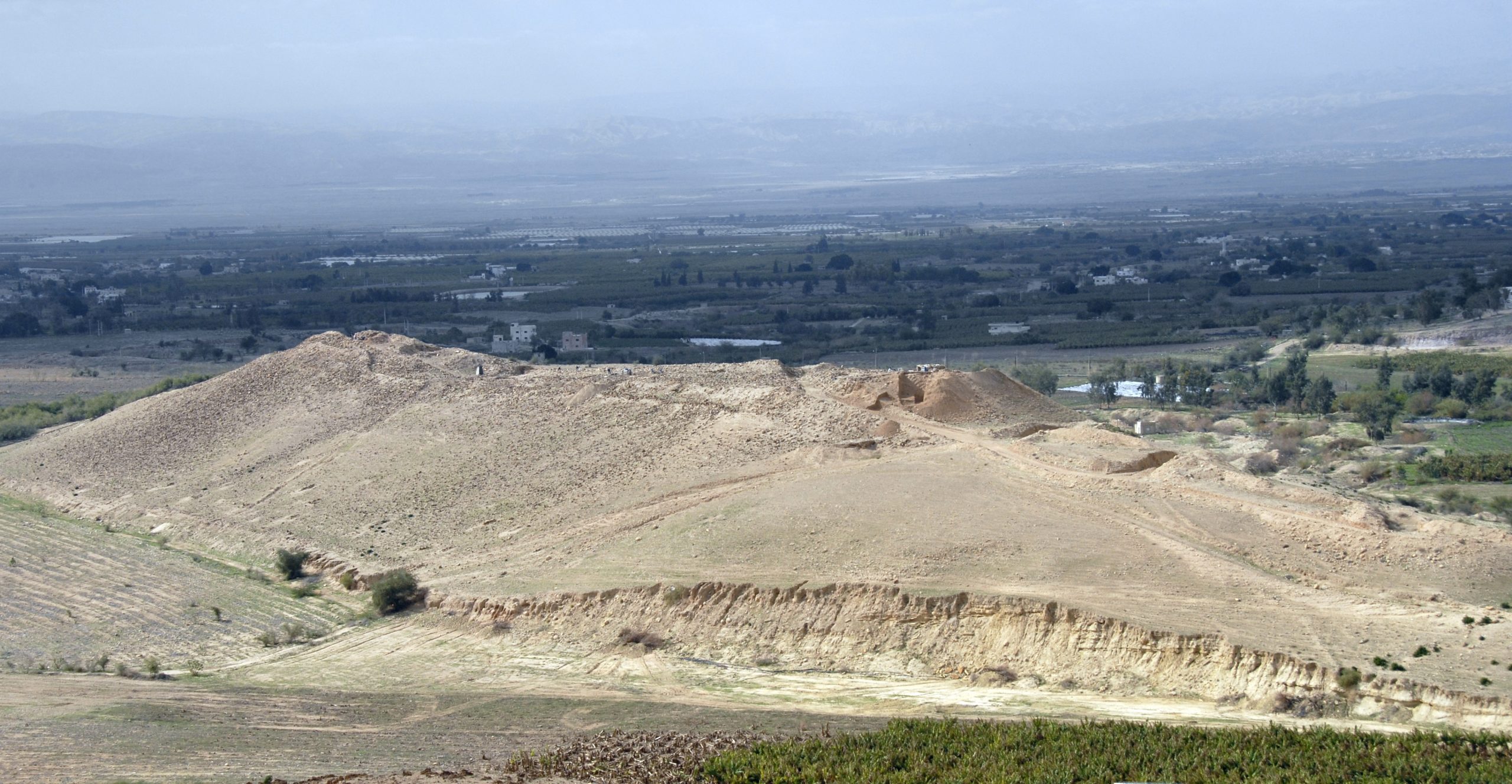Tall el-Hammam
Tall el-Hammam, an ancient city in the Jordan Valley which was close to the dead sea, was destroyed in the 1650 BC by a cosmic airburst. Evidence regarding this has been found by Archaeologists. An eyewitness account of this catastrophic event, larger than the 1908 explosion over Tunguska in Siberia, may have been handed down as an oral record that eventually became a written biblical account of what is known as the destruction of Sodom.
About Tall el-Hammam
The Tall el-Hammam ruins are located just at the southern tip of the valley located between Israel, Lake Tiberias and the Dead Sea and also in a part of the Great Rift Valley which is known as the Middle Ghor. This site contains the remains of an urban center which was fortified and known as the largest continuously inhabited Bronze Age city in the southern Levant region. This city formed the urban core of a city-state that existed during the Bronze Age and the Chalcolithice from 4700 BC to 1650 BC.
Ongoing debates regarding Tall el-Hammam
Tall elHammam has always been the focus of ongoing debates about whether it could be Sodom, the biblical city and one of the two cities that is written about in the Old Testament, Book of Genesis that God destroyed because the people had become wicked. Brimstone and fire fell from the sky and several cities were destroyed. Thick smoke rose from the fires and caused the death of many. Along with these crops being destroyed in what sounds like an eyewitness account of a cosmic impact event and hence, a successful connection was made about what’s written in the book. All the observations in Genesis agree with a blast of cosmic air, but there is no scientific evidence that this ruined city is actually Old Testament Sodom. This disaster that had occured could have generated and inspired the written account that one can find in the Book of Genesis.


